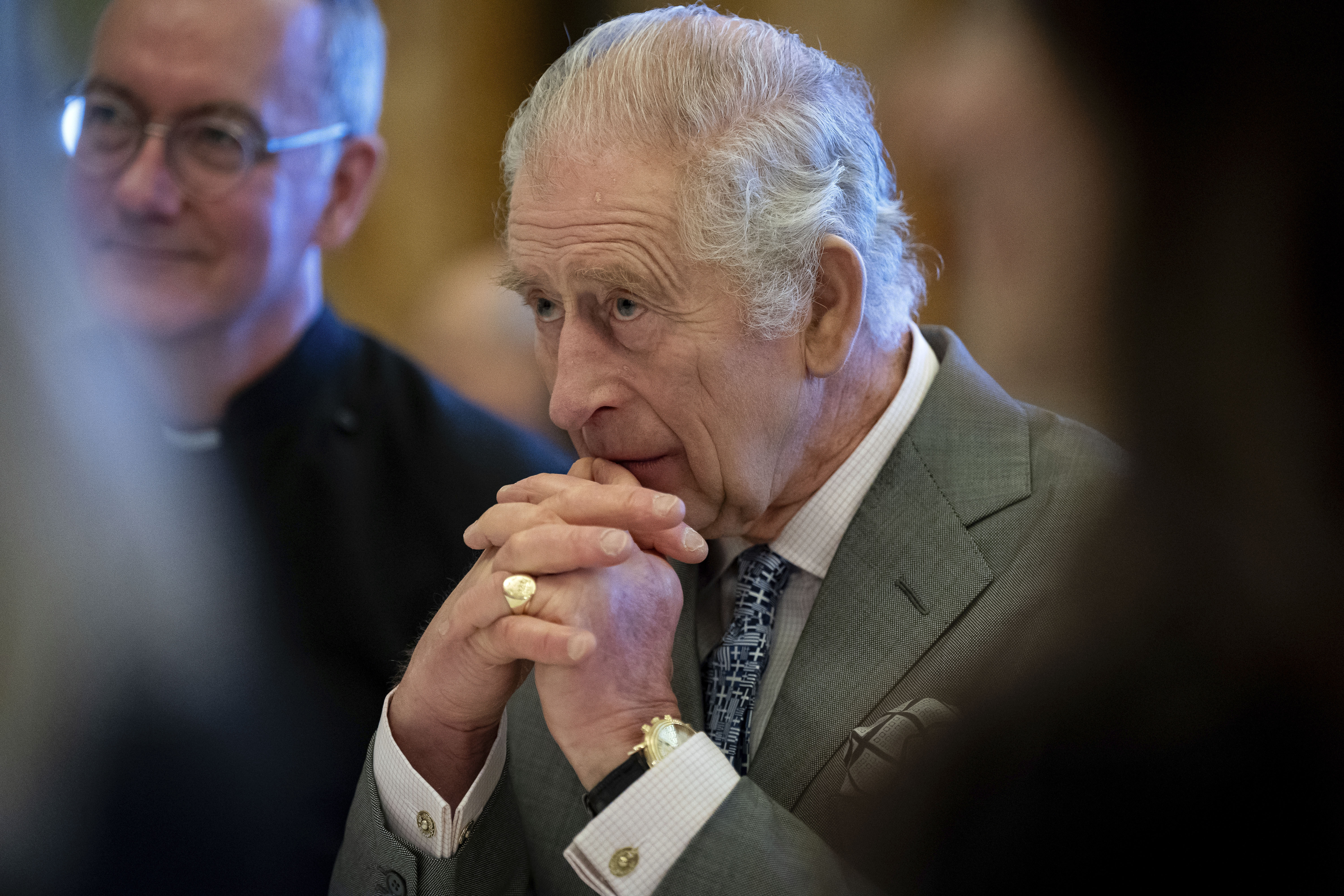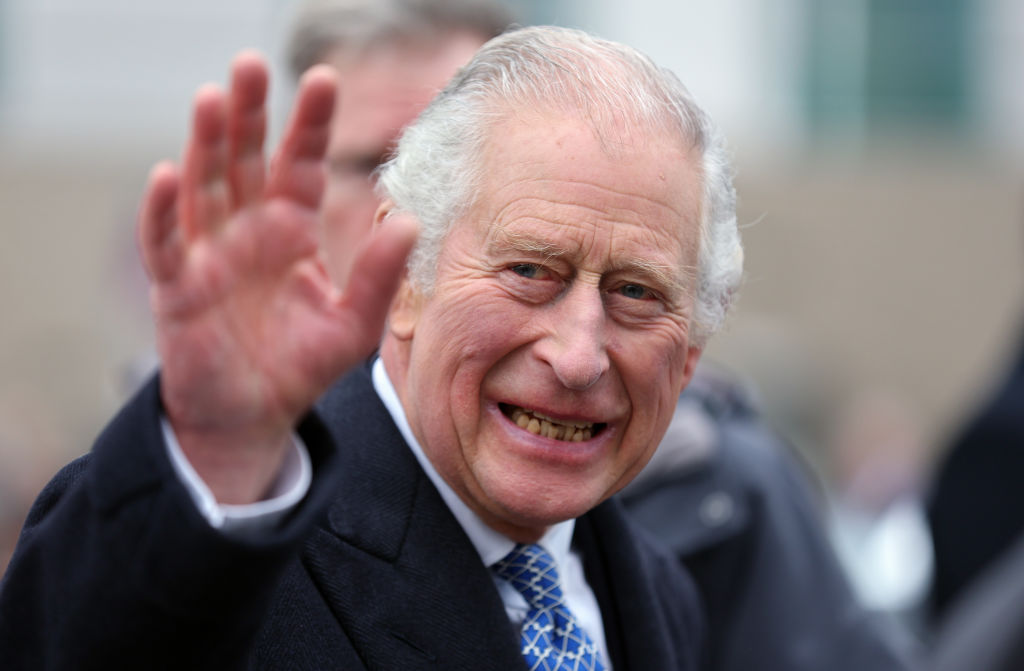
King Charles III shook hands and chatted with onlookers after attending an Easter service at Windsor Castle on Sunday in his most significant public outing since being diagnosed with cancer last month.
The king, dressed in a dark overcoat and shiny blue tie, smiled as he made his way along a rope line outside St. George's Chapel for about five minutes, reaching into the crowd to greet supporters who waved get-well cards and snapped photos on a chilly early spring day. “You’re very brave to stand out here in the cold,” Charles told them.
“Keep going strong,” one member of the crowd shouted as Charles and Queen Camilla walked by.
The 75-year-old monarch’s appearance was seen as an effort to reassure the public after Charles stepped back from public duties in early February following an announcement by Buckingham Palace that he was undergoing treatment for an unspecified type of cancer.
Get top local stories in Philly delivered to you every morning. >Sign up for NBC Philadelphia's News Headlines newsletter.
The king has continued fulfilling his state duties, such as reviewing government papers and meeting with the prime minister. But his attendance at a traditional royal event like the Easter service is seen as a sign that he is beginning a managed return to public life. British media reported last week that Charles would slowly increase his public appearances after Easter.
The service itself was smaller than usual as Kate, the Princess of Wales, is also being treated for cancer and has paused public duties. The princess, her husband Prince William and their children did not attend.
Kate shock’s announcement that she, too, had cancer was made on March 22, after weeks of speculation about her health and whereabouts following major abdominal surgery in February.
Charles’ enforced absence from public life has been a setback for a man who is eager to put his stamp on the monarchy after waiting almost 74 years — longer than any previous heir — to become king.
When he succeeded his mother, Queen Elizabeth II, Charles faced the daunting task of demonstrating that the 1,000-year-old monarchy remains relevant in a modern nation whose citizens come from all corners of the globe. After less than two years on the throne, the king is still defining himself with the public as he tries to persuade young people and members of minority communities that the royal family can represent them.
“He knows that being seen by the public and having public goodwill is really what's at the core of a successful monarchy,'' royal commentator Jennie Bond told the BBC. ”He needs to have that interaction and I think he quite enjoys it, actually.''
Although the duties of a constitutional monarch are largely ceremonial, the job of being a royal can be exhausting.
Besides the occasional procession in full royal regalia, there are meetings with political leaders, dedication ceremonies and events honoring the accomplishments of British citizens. That added up to 161 days of royal engagements during Charles’s first year on the throne.
The palace has worked hard to keep the king in the public eye — even as he sought to limit contacts to reduce his risk of infection while receiving treatment. Videos of the king reading get-well cards and an audience with Prime Minister Rishi Sunak were released. He also attended a session of the Privy Council, an assembly of senior advisers.
While he skipped a pre-Easter service on Thursday, Charles released a prerecorded audio message in which he expressed his regret at missing an occasion traditionally attended by the monarch.
The king also reaffirmed his coronation pledge “not to be served, but to serve.”
“That I have always tried to do and continue to do, with my whole heart,” he said.



